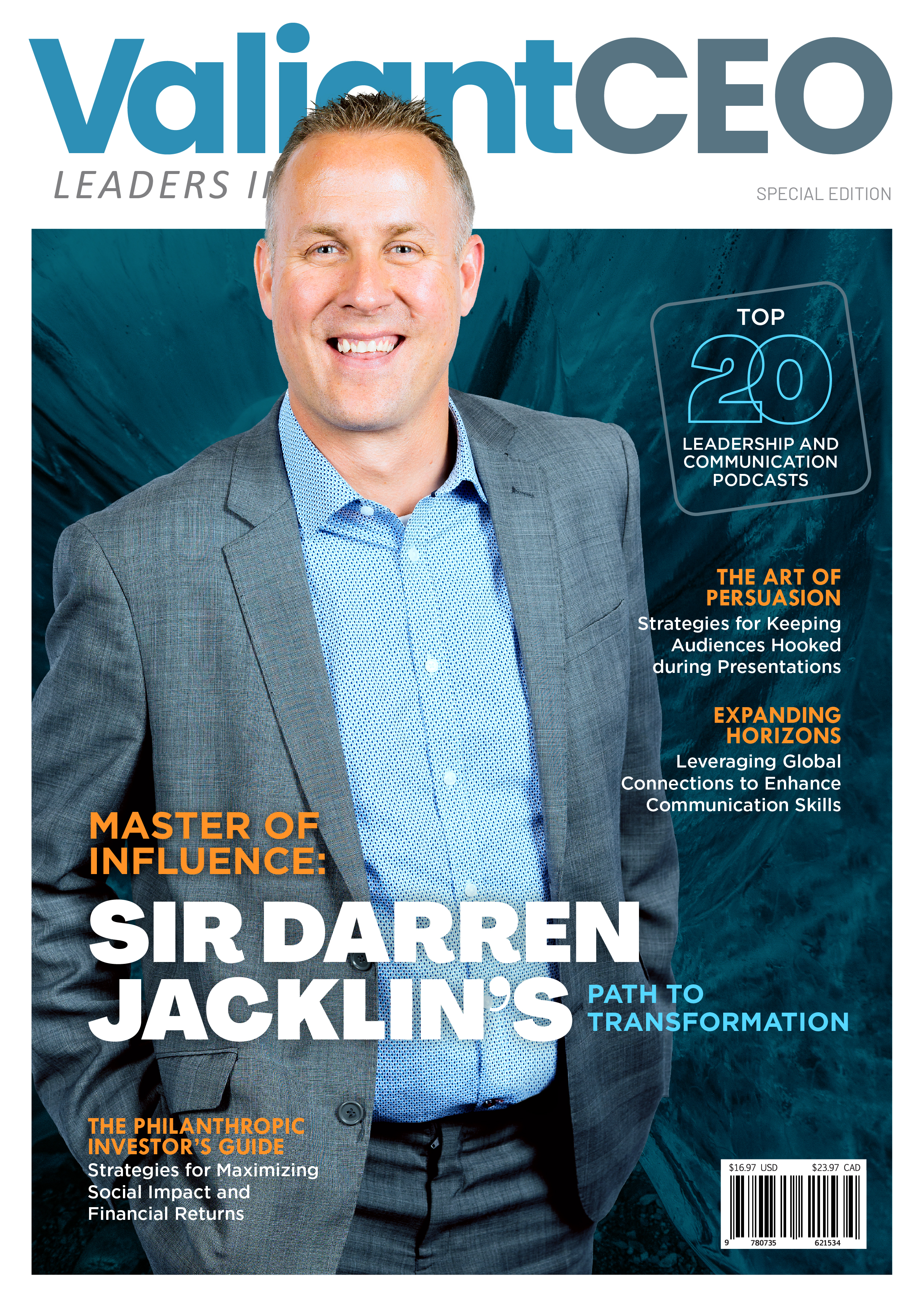Every day, business owners and management teams make decisions to run the daily activities within a business. From operational to strategic, tactical, programmed, and non-programmed decisions, they all help run the business or organization – its growth depends on it. Therefore, this process must be articulate, logical, and have the best interest of the business at heart.
But first, what is decision-making in business?
Decision-making in business is the process through which managerial staff and business owners select the right and effective courses of action from the available alternatives. Different decision-making processes are employed for effectively planning, directing, organizing, and controlling a business.
This article covers decision-making models and their importance to those who make decisions. Let’s have a look at a few popular models which can help when making decisions that can be beneficial to a team or workplace.
What is a decision-making model?
This is the approach used by people in decision-making spaces or groups to come up with solutions. Each decision-making model utilizes diverse techniques to help in analyzing and tackling a given issue. Decision-making models take on different styles, and are beneficial for people with various learning styles or time limitations. To choose the appropriate model for your team and situation, you must be well informed on the specifics of the various models.
In a leadership role, you may need to make decisions with limited resources that will provide an overall benefit to your business. A program, such as the Doctor of Business Administration in Business Intelligence offered by Marymount University Online, will provide you with the necessary skills in order to make these decisions. It will provide an insight into data-driven decision-making which can be utilized to streamline business processes.
Importance of decision-making models
By utilizing models, decision-makers can gain insight into various scenarios and possibilities, making it easier to choose the best course of action. Models can also help assess and predict the outcomes of decisions, allowing for more informed choices.
Frameworks for decision-making can assist teams in streamlining their decision-making techniques and working together more efficiently. These models offer helpful steps for teams to take to generate outcomes and outline their strategies distinctly to other team members.
When the members of a team are all familiar with the model of decision-making that is being implemented, they can more easily participate in the thinking process and, as a result, come to a satisfactory solution that is beneficial to all parties involved.
Types of decision-making models for businesses
1. Rational decision-making model
This model involves logically weighing up various solutions to determine which will provide the best outcome. This requires analyzing multiple options to make the best decision.
When teams have the opportunity to convene and research, they usually employ the rational decision model. This model entails the creation of a list of possible solutions, which are then discussed based on the advantages and disadvantages of each. Here is the process one may follow when using the rational decision-making model:
Establish a clear goal/purpose: Start by establishing what aim or benefit you are looking to achieve. This will help you comprehend precisely what outcome your solution should generate.
Identify the pertinent issues: Assigning research duties to your group or having a group discussion to come up with ideas are two ways to figure out what information concerning the desired outcome or challenge is relevant in finding a solution.
Generate a list of potential options: With all the pertinent data, your squad can compile a roster of possible answers to the challenge. Make an effort to back up your decisions with proof of why they will meet the goal or overcome a problem.
Put the choices in order based on their value: After formulating a list of options, arrange them according to their potential for success. Choices that appear more likely to be effective have a higher value, whereas possibilities with a limited success rate may have a lower value.
Select the most suitable choice: Assess the value of each alternative and how it could contribute to your organization’s success. Together with your team, reach an agreement about the optimal solution based on the data you have collected.
Take action: Once your team has come to a resolution and is content with the solution, make sure to voice your commitment and ask if any team members have any reservations. After that, you can move forward with implementing the solution in your business.
2. Intuitive decision-making model
The intuitive decision model relies on emotions and intuition rather than logical thought to make decisions. It is often used by team heads or supervisors when there is a need to make decisions quickly and with little opportunity for research or preparation.
To make an intuitive decision, one should not follow a strict structure but instead rely on familiarity with similar goals or challenges to pick an appropriate resolution. Here are some tips to help you utilize the intuitive decision-making approach:
Establish a goal or challenge: Given the limited amount of time available, it is imperative to precisely identify the purpose or issue that needs to be solved, particularly when making decisions without the agreement of your team. This will help with sharing the results and implications of the decision afterward.
Look for similar objectives or issues: Utilize brainstorming to explore objectives or issues like those you have encountered in the past and consider how you addressed them. Use this knowledge as a starting point to form your own answer.
Acknowledge potential biases: Being aware of your prejudices is particularly significant when you do not have any input from your team. Reflect on how your conclusion could affect yourself, your team, and your business as you contemplate solutions.
Formulate an appropriate solution: Utilize experience and the values of the business to decide on the most suitable solution. An ideal solution should assist the company in accomplishing its objectives or getting over an impediment while also having a positive effect on the team and other personnel.
Take action: Once you have decided on an appropriate solution, you should communicate your choice to your employer and colleagues. If the decision must be made quickly, you may have to decide without consulting your team.
3. Recognition-primed decision-making model
Gary A. Klein’s “Sources of Power” established the recognition-primed decision model, which employs quick reflexes and prior knowledge to make decisions in a time-sensitive situation. Leaders of teams can apply the recognition-primed decision model by first evaluating the details of a problem and then devising a potential answer. This task can be complicated for those unfamiliar with the aim or who have never overcome an obstacle. The steps below can assist in executing this model.
Pinpoint the goal or challenge: Precisely pinpoint the objective or challenge your team desires to reach or conquer to make it easier to devise an answer rapidly. Even though the concept could be extensive, attempt to determine the most significant element you must address.
Consider important information and similar scenarios: Drawing on your past experiences, promptly examine the context and evaluate what data or similar experiences can assist you in developing a viable solution. If you have the opportunity, investigate further how to accomplish your objective or hurdle.
Generate a possible resolution: Formulate at least one potential solution based on your prior experiences or any other knowledge pertinent to the problem. To speed up your judgment process, make the resolution a generic one so you can easily alter it or add more specifications as you consider the situation.
Assess the effectiveness of the solution: Run through your answer to decide if it can address your problem. Begin by assessing the most major elements and then move on to the finer points of the solution.
Adapt the answer: It is possible that the first answer may not be the most advantageous one, so adjust any aspects of it that require alteration. This could involve incorporating further steps into the solution, refining it, or simply discarding it and beginning again.
Make up your mind and proceed with the plan: When you are sure of your decision, communicate it to your team and put it into effect. In a speedy environment, you might have to amend your solution if any new details come to light while you are taking action.
4. Creative decision-making model
The creative decision model involves devising one’s ideas to construct novel answers that accomplish desired objectives or surmount difficulties. This necessitates analyzing the circumstance and fabricating an answer without drawing parallels to other comparable scenarios.
The creative decision-making model can be a helpful tool when tackling unfamiliar tasks, like new projects or production issues. One of the benefits of having good leadership in your business is that they think out of the box. They offer innovative and productive solutions. Flexibility and creative thinking are needed to craft effective, original solutions. To use this model, the following steps can be taken:
Clarifying your objective or challenges: To assist you in comprehending what you must do, it is beneficial to determine it as precisely as possible, even if you have no knowledge of the goal or obstacle. This can necessitate get-togethers with your group or other coworkers, like business associates or directors.
Collect pertinent data: Investigate the problem you need to resolve to acquire all the relevant information. This could involve researching related projects, papers, or businesses that may help to generate ideas.
Think about the data over a period of time: It is beneficial to ponder your dilemma for a minimum of 24 hours. This can be done through brainstorming, conversing with colleagues, or making a list of related terms.
Generate a practicable answer: By utilizing the creative decision framework, you may find that your concept comes to you after a period of contemplating your objective or difficulty and the associated information. Make sure that your solution is applicable to your circumstance by logically pondering it through.
Reach a conclusion and act: After carefully examining all the aspects of your solution, you and your group may reach a consensus and take steps to resolve your issue. Crafting a draft or presentation of your innovative proposal can be beneficial to explain it to others better.
5. Vroom-Yetton decision-making model
When it comes to making decisions, there is no single ideal process to follow. This is the reasoning behind the Vroom-Yetton model. The Vroom-Yetton decision model (sometimes referred to as Vroom-Yetton-Jago) allows you to choose the best process to use based on the specifics of the situation.
This model begins with seven yes-or-no questions, such as, “Is team commitment to the decision important?” The answers to these questions will direct you to one of four different decision-making processes. These vary from making the decision alone to reaching a group consensus with your team.
The Vroom-Yetton model is beneficial in that it can be used by anyone, no matter their level, and it can be used in new situations. It does have some drawbacks, though, such as the lack of consideration of personal factors, the possibility of the questions being too vague, and the fact that it may not be as effective with larger groups.
We all make hundreds of decisions in both our personal and work lives on a daily basis. In leadership positions, your choices do not affect you alone but the lives of others in your company. Knowing how and when to implement these decision-making models can make your life easier and help you be more confident when making your stand.







